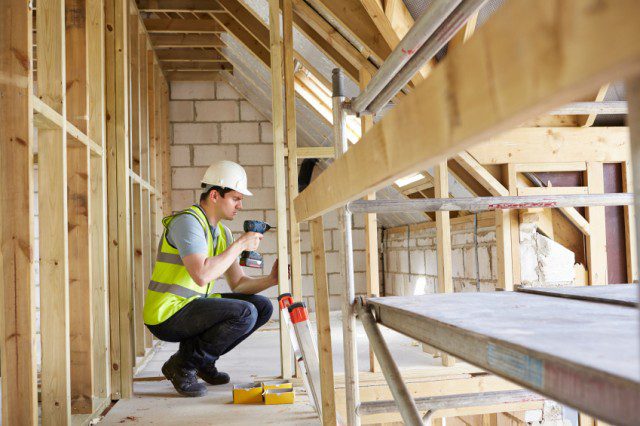Has the Government Delivered Yet More Empty Promises on Housebuilding?
In his first Autumn Statement yesterday, Chancellor Philip Hammond went some way to ensuring the property market works for everyone by announcing measures to boost housebuilding. But has the Government delivered yet more empty promises?

Has the Government Delivered Yet More Empty Promises on Housebuilding?
Ahead of the address yesterday, the Managing Director of the National Association of Estate Agents (NAEA), Mark Hayward, welcomed the plans for a £1.4 billion funding injection for housebuilding. He also praised the relaxation of how existing affordable housing funding can be used, believing this would help to diversify the country’s housing mix, creating the homes that people want and need.
“However, the creation of 40,000 new homes that this new funding is expected to deliver is still painfully short of the number of affordable homes we need to solve the housing crisis and get first time buyers on the housing ladder,” Hayward expressed ahead of the Autumn Statement.
He continued: “We hope that the Government will announce an intent to do much more when it releases a widely expected White Paper at the Autumn Statement. It is vital that the Government uses this to signal a radical rethink in its housing strategy and consider measures such as building homes on unused greenbelt land to really kickstart the housebuilding boom we badly need.”
So did the Chancellor deliver on his pledge, or has the Government simply offered yet more empty promises when it comes to housebuilding?
Speaking after the Autumn Statement, Hayward said: “The measures announced during the Autumn Statement today to boost housebuilding go some way to making the housing market work for everyone, but, quite frankly, do not go far enough.
“The Housing Instructure Fund, as well as the fund to build 90,000 affordable homes in London will act as catalysts to start closing the gap between supply and growing demand, but what we really need to see now is properties being built quickly.
“The Government has a long-standing history of announcing numerous housebuilding pledges, but in the last few years, we’ve not seen a sufficient impact on supply to make a dent in providing the affordable homes we really need.”
He holds on to hope: “The detail in the Housing White Paper will be crucial – let’s hope there are far more detailed plans in there when it is released.”
We will continue to keep you updated on the Government’s housebuilding plans at LandlordNews.co.uk.








